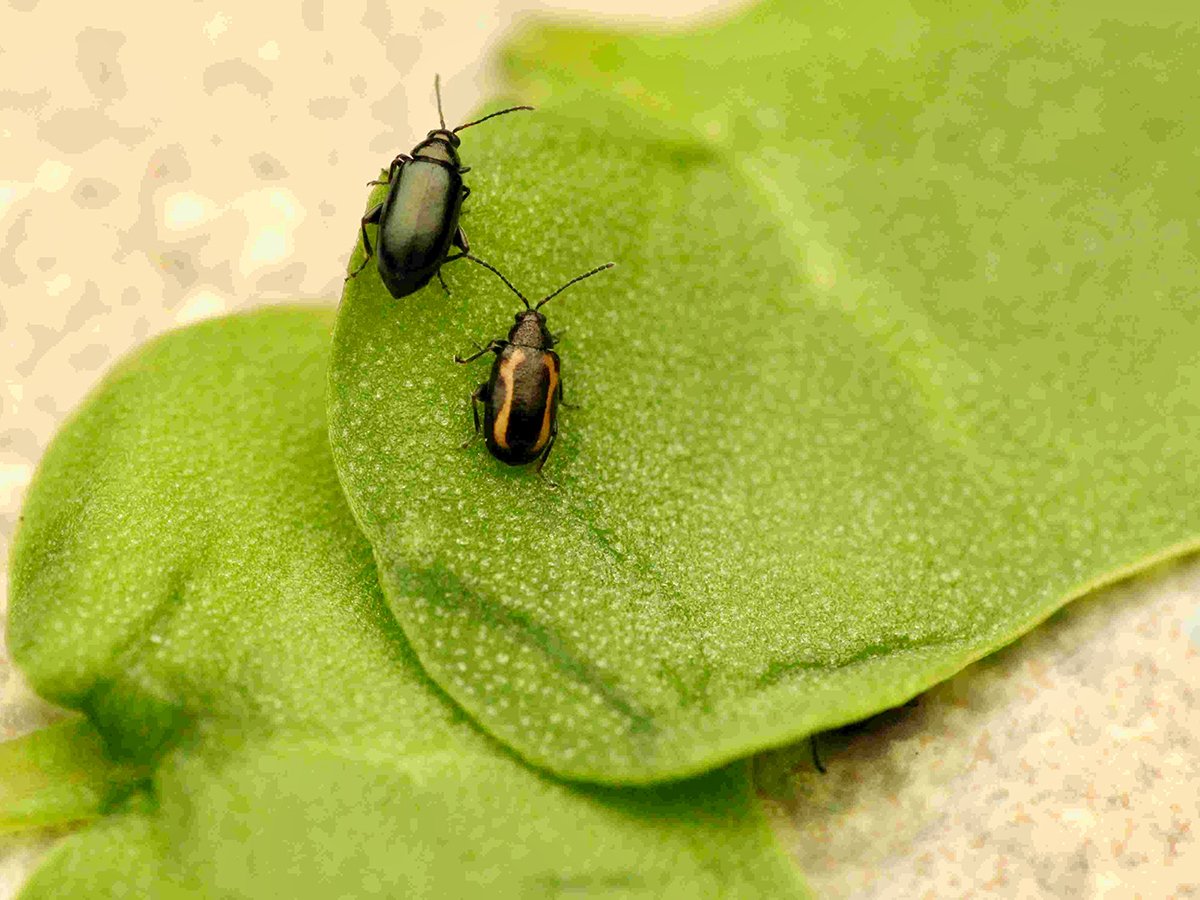Saskatchewan growers will soon have another pulse crop option.
Breeder seed from a new variety of small-seeded fababean was distributed to select seed growers this spring.
There is enough seed to plant 7.5 acres of the crop. It will take two to three years for seed multiplication to reach levels where the unnamed variety will be made commercially available to growers.
“In addition to peas and lentils and chickpeas it’s just one more crop they can add to the arsenal,” said Carl Potts, executive director of Saskatchewan Pulse Growers.
Read Also

Research looks to control flea beetles with RNAi
A Vancouver agri-tech company wants to give canola growers another weapon in the never-ending battle against flea beetles.
Fababeans have been grown in Western Canada since 1972, but those were large-seeded varieties. The new small-seeded variety has greater potential because it will work better with modern machinery.
Potts thinks it will be a good option for growers because of its excellent nitrogen fixing ability.
“It will have some attractiveness perhaps in areas where we’ve seen reduction in pea acreage up in the northeast part of the province,” he said.
Potts wouldn’t speculate on potential acreage, but his predecessor once said the association is targeting 500,000 acres of fababeans by 2025.
Fababeans are a feed ingredient in many parts of the world, but companies have expressed interest in exporting the new Canadian variety to human consumption markets in the Mediterranean and the Middle East.
The new variety is low in vicine and convicine, which means it can be eaten by people suffering from fabism, a condition where eating fababeans causes the rupturing of red blood cells.
“We’re hopeful that can help with the marketing of this crop,” said Potts.
Companies also want to fractionate the crop into products such as flour because it has a higher protein content than any other pulse crop.

















